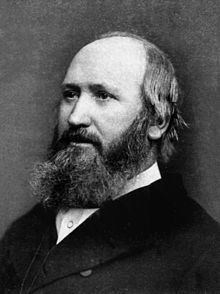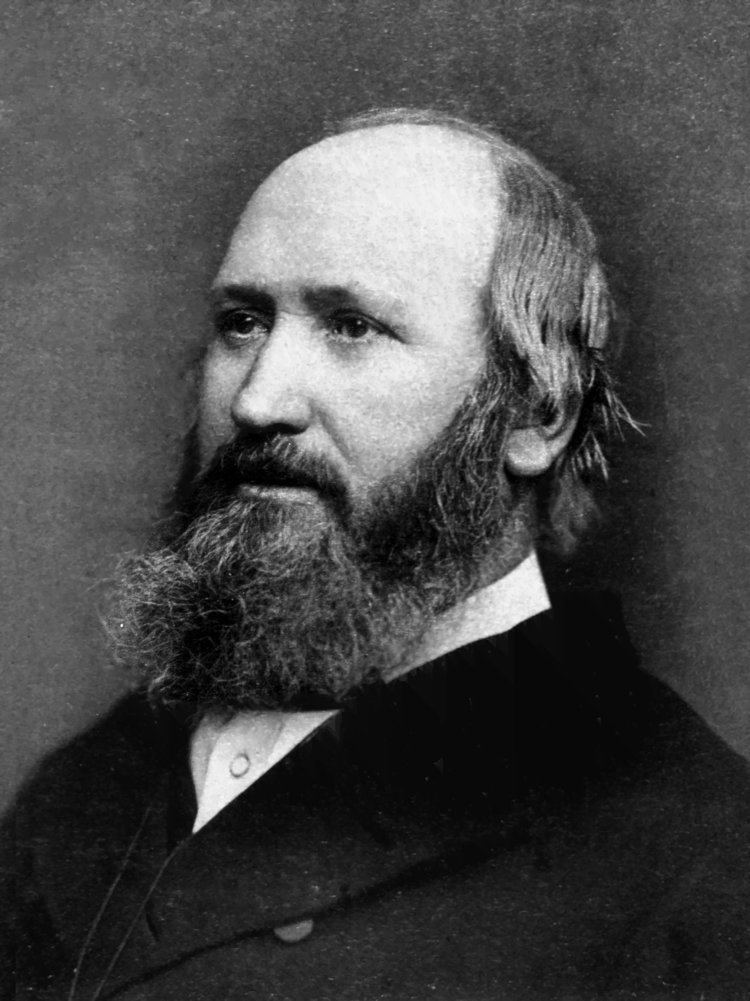Name Alexander Wood Role Physician | Died 1884 | |
 | ||
Alexander Wood (10 December 1817 – 26 February 1884), was a Scottish physician. He invented the first true hypodermic syringe.
Contents

Life
The son of Dr James Wood and his wife Mary Wood (his cousin), Alexander was born on 10 December 1817 in Cupar, Fife, and educated at Edinburgh Academy and Edinburgh University (MD 1839).
In 1853, he invented the first hypodermic needle that used a true syringe and hollow needle. His biographer and brother-in-law, the Very Rev Thomas Brown (1811-1893), wrote that Wood had taken the sting of the bee as his model. Brown also wrote, 'At first this new hypodermic method was employed exclusively for the administration of morphia and preparations of opium, but it is important to note that, from the outset, Dr Wood pointed to a far wider application.' In referring to the preface of a paper on '"New Method of Treating Neuralgia by Subcutaneous Injection," separately published in 1855', Brown quotes Wood as saying, 'In all probability, what is true in regard to narcotics would be found to be equally true in regard to other classes of remedies.'
He was elected President of the Royal College of Physicians of Edinburgh in 1858.
There is a story in circulation that Wood's wife, Rebecca Massey, was the first known intravenous morphine addict and died of an overdose delivered by her husband's invention, however, Richard Davenport-Hines says, 'It is a myth: she outlived him, and survived until 1894.'
In later life Wood lived at 12 Strathearn Place in the Grange in southern Edinburgh.
Wood is buried with his wife, Rebecca Massey, in Dean Cemetery in Edinburgh. The grave lies on an east-facing section of the obscured southern terrace. The gravestone corroborates a later date for his wife's death, on 6 February 1895.
Recognition
The Very Rev Thomas Brown wrote a biography of Wood, entitled A Sketch of the Life and Work of Alexander wood MD FRCP in 1886.
